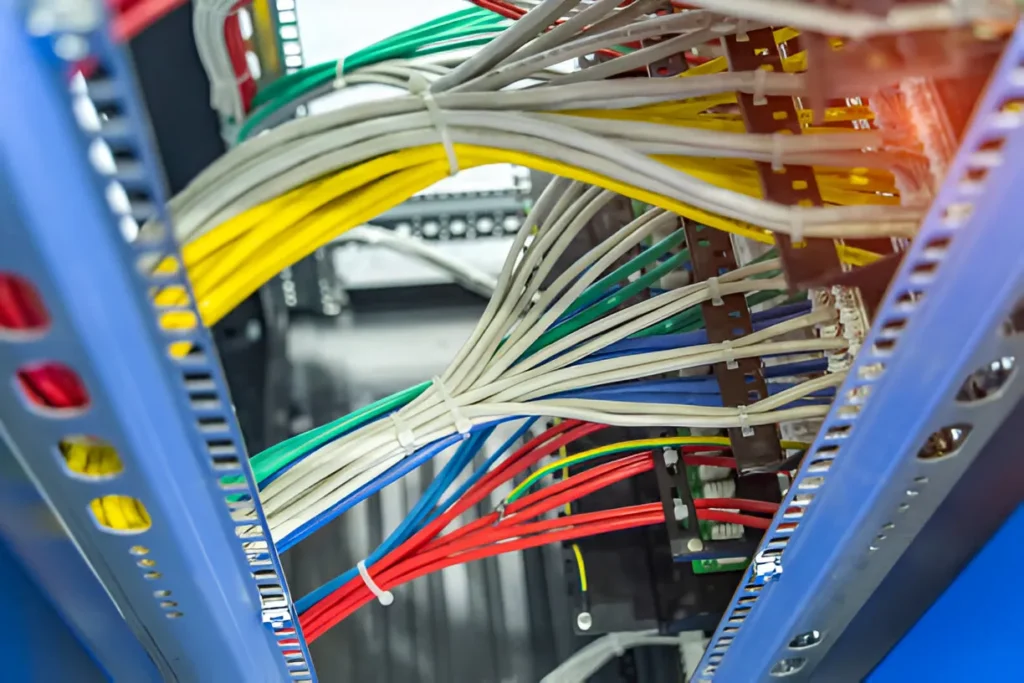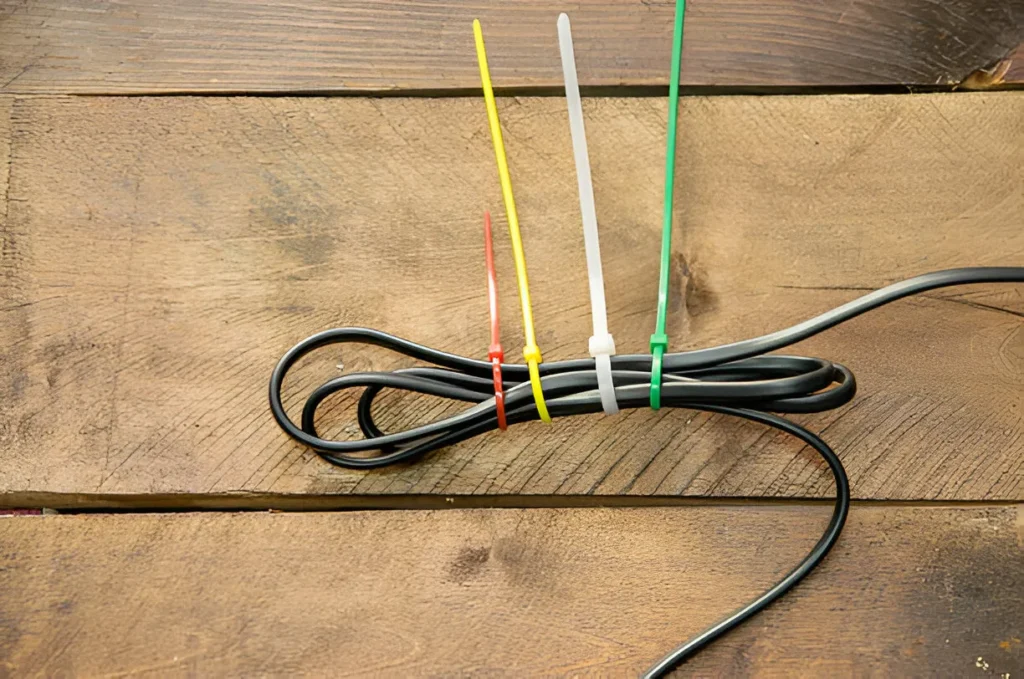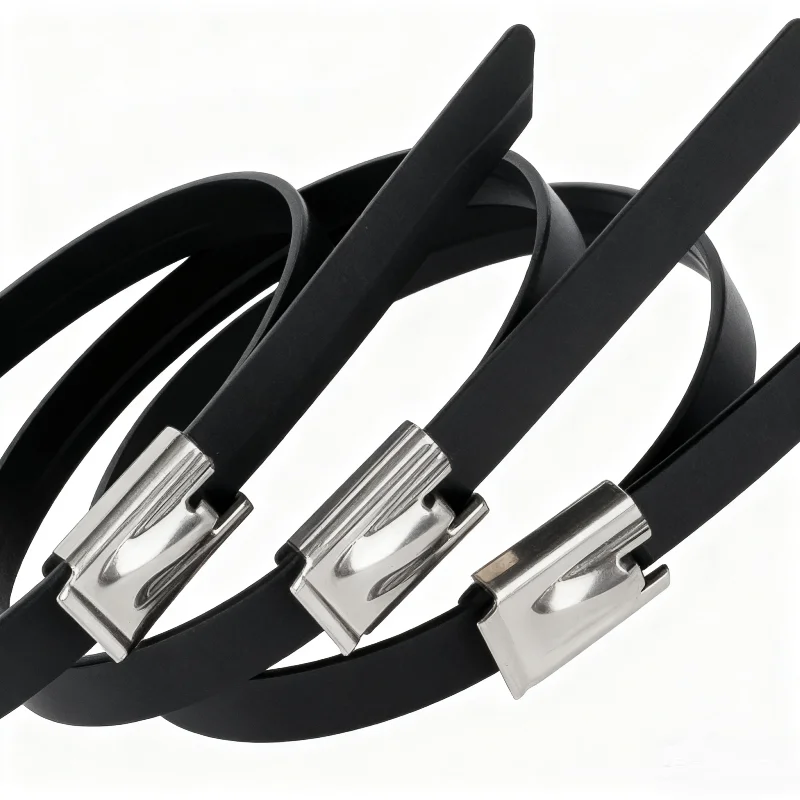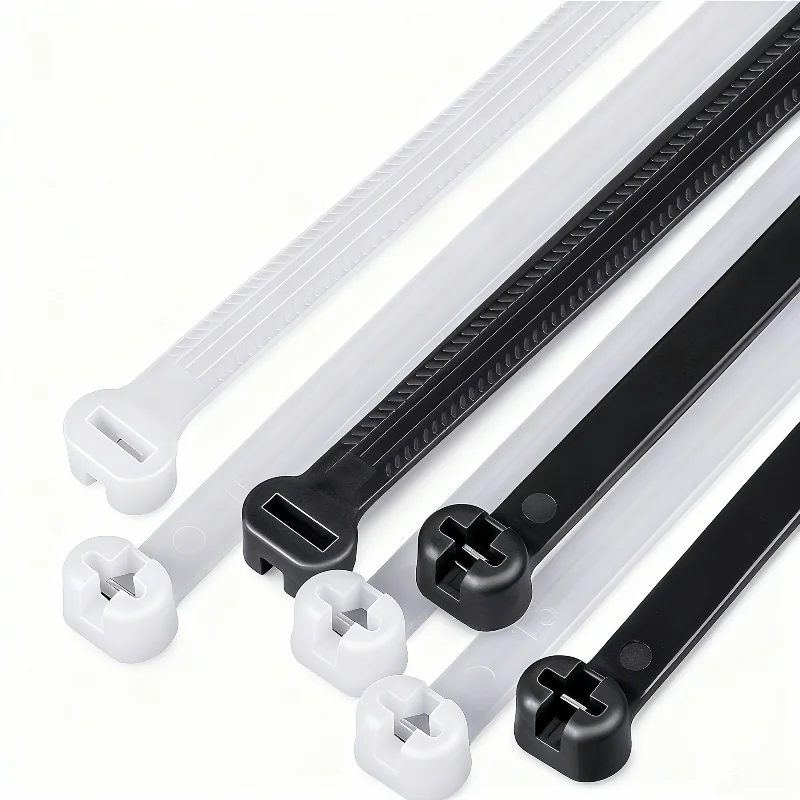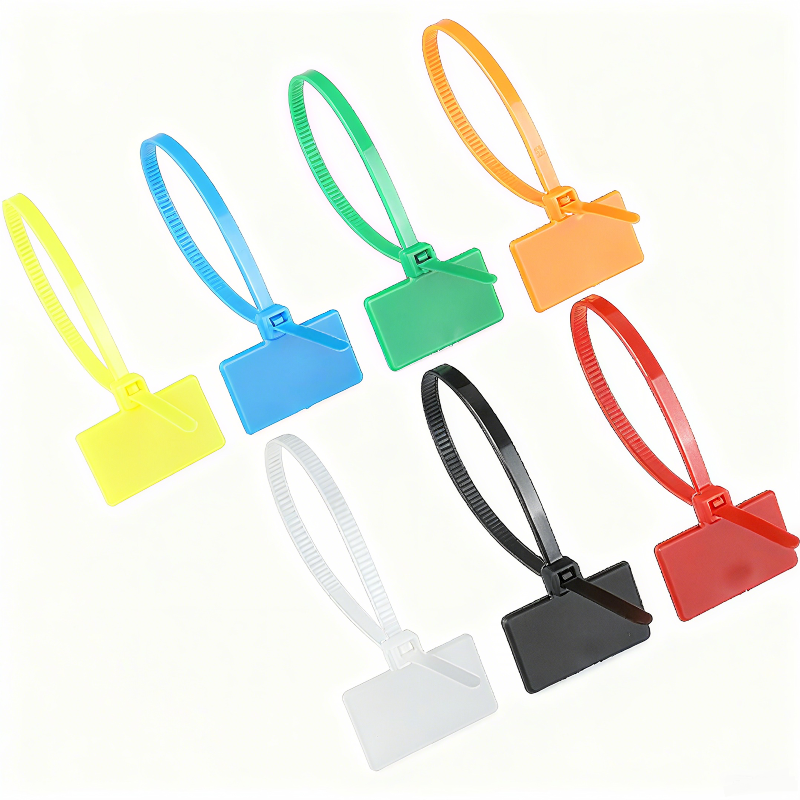Zip ties cable ties, also known as tie wraps, are versatile fasteners used in a wide range of applications, from bundling wires and cables to securing objects.
Understanding the longevity of cable ties is crucial for ensuring the reliability and safety of your installations.
In this comprehensive guide, we’ll explore the factors that impact cable tie lifespan and provide insights into how long you can expect your cable ties to last.
Factors That Impact Cable Tie Lifespan
Several key factors influence the lifespan of zip ties cable ties, including:
- Material: Cable ties are made from various materials, such as nylon, stainless steel, and weather-resistant plastics. Each material has unique properties that affect its durability and longevity.
- Environmental conditions: Exposure to UV radiation, extreme temperatures, chemicals, and moisture can significantly impact the lifespan of a cable tie. Consider the environment in which the cable tie will be used when selecting the appropriate material.
- Application: The type of application, whether indoor or outdoor, static or dynamic load, also plays a role in determining the lifespan of a cable tie. Applications with constant movement or high stress may require more durable cable ties.
Average Lifespan of Different Types of Cable Ties
Nylon Zip Ties Cable Ties
Nylon cable ties are the most commonly used and typically last for several years under optimal conditions. In indoor environments, where they are protected from UV light and extreme temperatures, nylon zip ties cable ties can last anywhere from 5 to 10 years. However, in outdoor settings, their lifespan may be reduced to just 1 to 2 years if they are not UV-resistant.
Stainless steel cable ties are designed for extreme conditions, offering a much longer lifespan compared to their nylon counterparts. These ties can last for decades, even in harsh environments such as chemical plants or outdoor installations exposed to saltwater. The corrosion resistance and strength of stainless steel make these ties ideal for applications where longevity is critical.However, ss cable tie price is high.
UV-Resistant Cable Ties
For outdoor applications, UV-resistant zip ties cable ties are a must. These ties are made with additives that protect them from the damaging effects of ultraviolet light. When used outdoors, they can last up to 5 to 7 years, depending on the intensity of sun exposure. This makes them a preferred choice for applications such as solar panel installations or outdoor wiring.
Signs That a Tie Wire Needs Replacement
Regularly inspecting your tie wire is essential for identifying when they need replacement. Some common signs that has reached the end of its lifespan include:
- Visual indicators: Look for signs of wear and tear, such as fraying, cracking, or discoloration. These visual cues indicate that the tie wire integrity has been compromised and it should be replaced.
- Reduced tension: If a tie wire feels loose or no longer maintains a tight grip, it may have lost its tensile strength and should be replaced to prevent slippage or failure.
- Brittleness: Over time, some tie wire materials may become brittle, especially when exposed to UV light or extreme temperatures. Brittle tie wire are prone to cracking and breaking, necessitating replacement.
Best Practices to Maximize Cable Tie Longevity
To extend the life of your zip ties cable ties:
- Choose the right material for your specific application
- Use proper installation techniques (avoid over-tightening)
- Conduct regular inspections and maintenance
- Implement proactive replacement schedules
FAQs
Q1: Can tie wraps be reused?
A: While some tie wraps are designed to be reusable, most standard tie wraps are intended for one-time use only. Reusing a standard cable tie may compromise its strength and effectiveness.
Q2: How do I know if tie wraps are UV-resistant?
A: UV-resistant tie wraps are often black and labeled as UV-stabilized or UV-resistant. Always check the manufacturer’s specifications to confirm.
Q3: What is the best way to dispose of old tie wraps?
A: Old tie wraps should be cut into small pieces before disposal to prevent them from becoming a hazard to wildlife or the environment. Recycling options may be available depending on the material.
Conclusion
The lifespan of tie wraps varies greatly depending on material, environment, and application. While some may last only a year in harsh conditions, others can endure for over a decade. By understanding these factors and implementing best practices, you can ensure optimal performance and longevity of your tie wraps.
Remember, regular inspection and timely replacement are key to maintaining safety and efficiency in your cable management systems. Choose the right tie wraps for your specific needs, and you’ll enjoy reliable performance for years to come.


